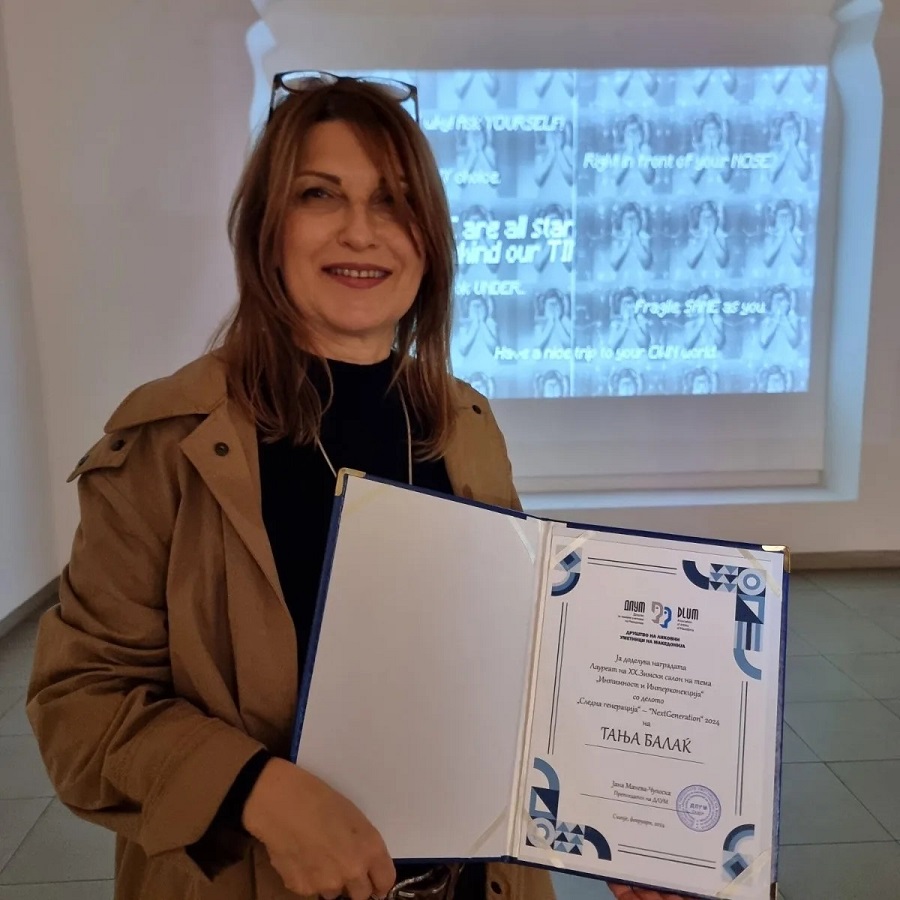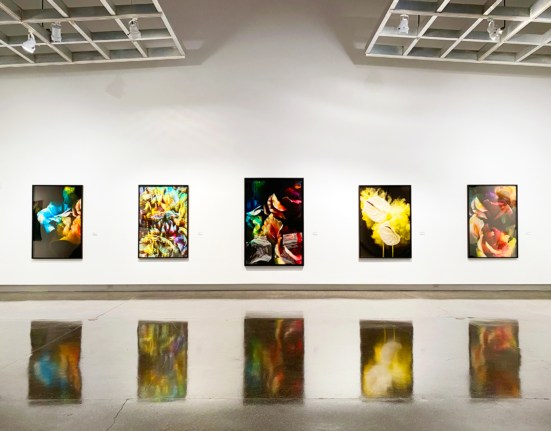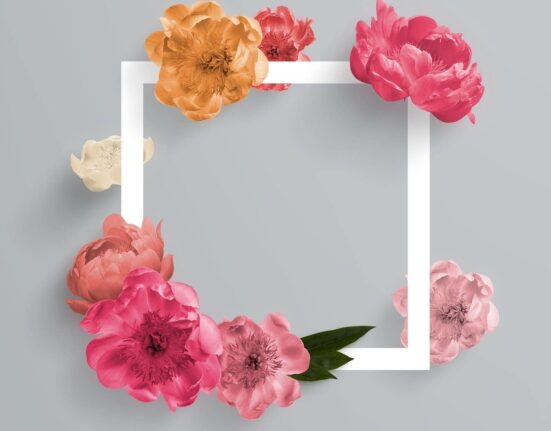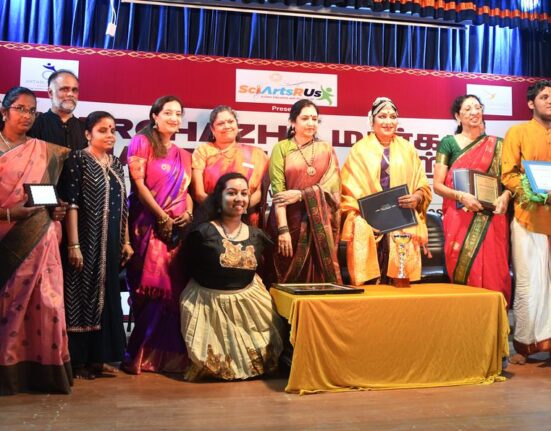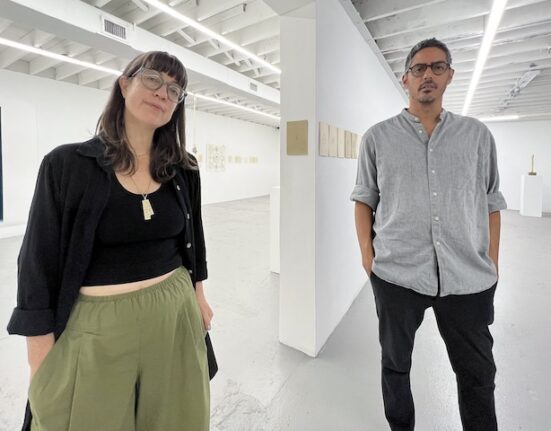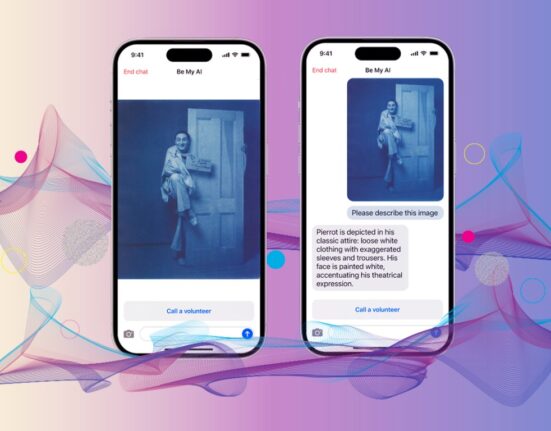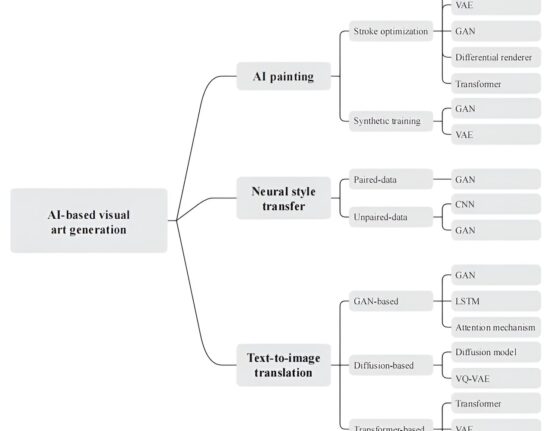Visual artist Tanja Balac received the Grand Prix award at the 20th “Winter Salon” of DLUM with the video work “Next Generation”, which sends strong messages about the world we live in.
The theme “Intimacy and interconnection”, which was set by the curator Oksana Karpovec for the jubilee “Winter Salon” of the Society of Fine Artists of Macedonia (DLUM), was the inspiration for the artist Tanja Balac to participate with the video work “Next Generation”.
In addition to the classical painting approach, in recent years Balac often chooses video media and video art to express his artistic ideas. Through her video works, she sends clear, strong, precise and constructive comments on social situations, and such an approach was key to receiving the award at the DLUM exhibition.
You recently won the main Grand Prix prize at the 20th anniversary edition of the “Winter Salon” exhibition at DLUM. How did the award make you feel?
– The Grand Prize of the “Winter Salon” of DLUM has always been a great challenge for us authors, especially since the exhibition is selective and usually with a foreign curator. The feeling is really mixed, great excitement, happiness, joy and finally honor, because really this award occupies a special place in the multitude of art awards, it gives faith in possibilities against all doubts, expectation and realization against disbelief of the possible, but also an enthusiasm and incentive in future realizations.

You received the award for the video project “Next Generation”. What is the main motif that connects the work to the theme of the exhibition?
– “Next Generation” is a video animation whose main message is a criticism of reality and the chaos in which we live. Through the “scream” of a child, whose closed eyes speak of childhood innocence, uncertainty and fear of the future, but at the same time warn of all the broken values that have been left to them as a legacy. The broken interpersonal relations, the alienation and isolation that we live in this digital world and the appeal for love and understanding, as the only possibility for reconnection, was the thematic connection with the theme of this “Winter Salon”.
In recent years, you have often used the video medium to express your ideas for artwork. Why?
– It is a challenge for me to always enter new “spaces”, to explore new forms that usually seem challenging to solve at first. Depending on the topic that attracts me, I feel the need to “get out” of the picture and try to speak with another means. For a certain period, the video suited me more precisely for these reasons, but in art the emphasis is not always on the medium, for me the message that a work sends is much more important, including the high aesthetic expression.
I prefer the approach in which the message is perhaps not visible at first glance, but is subtly placed beneath the surface layers. Somehow it seems to me that this way creates an opportunity for greater interaction with the audience. Curator Oksana Karpovec singled out this segment as a key part in making the decision to select the award-winning work.
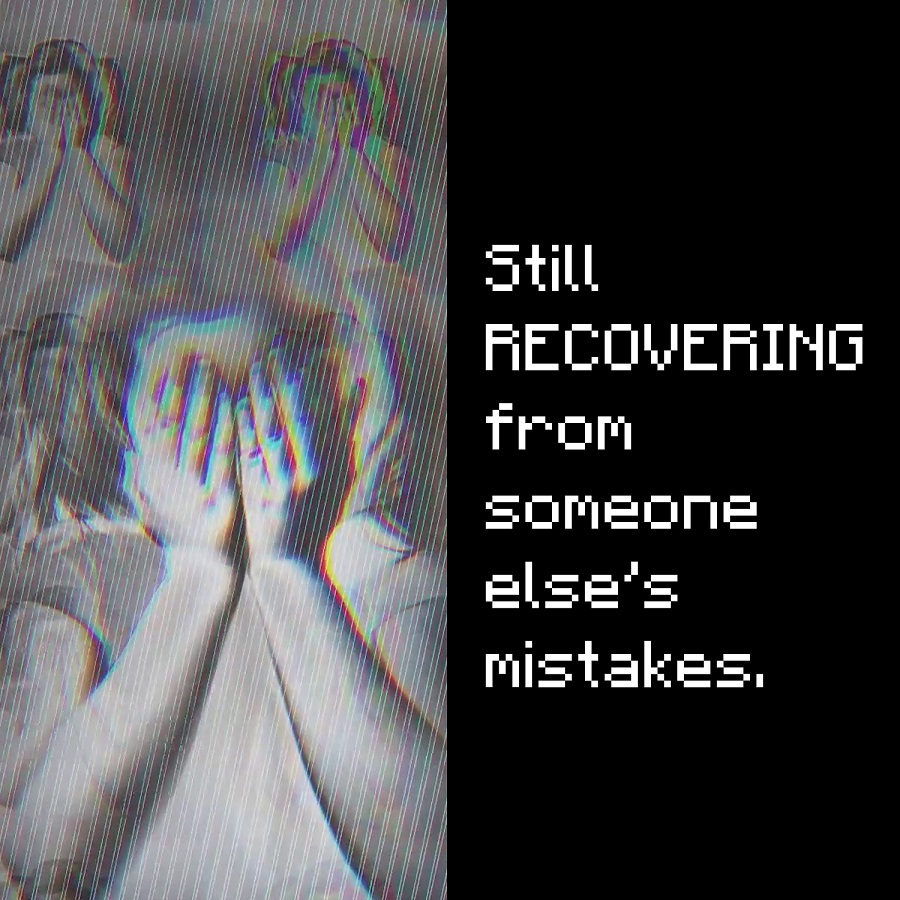
With whom do you cooperate in the realization of video projects, given their complex production?
– I often say that painting is my first love and I feel most comfortable in my studio, in the chaos of colors, smells and canvases, and then the whole creative process depends only on me. With experimental film and video, the situation is quite different. There, the process is collective and depends on several factors, light, sound, camera, editing and, above all, a very large organization.
The post-production process is a very sensitive phase that requires good cooperation with the experts, who in my case are responsible for the technical aspects. Over the years, I have already created a certain circle of collaborators, editors, directors of photography, animators, with whom I share the aesthetic impulse, such as Kiril Shentevski, Sergej Sarchevsky, Nikola Drvoshanov, Emil Packovski and many others.
The “Winter Salon” exhibition of DLUM reached its jubilee 20th edition. What does the exhibition itself mean for the artists, considering that for a period you were also the president of DLUM?
– Speaking about the art scene in Macedonia, the story of the Society of Fine Artists of Macedonia is being told and vice versa, when the many pre-networks of DLUM are retold, we are actually talking about the art life in our country in one way.
Almost 80 years of existence of the oldest guild association in the field of culture is a number that should not be underestimated at all. These are years in which, despite all the changes and difficulties, the names of the founders of Macedonian contemporary art, such as Vladimirski, Martinoski, Lichenoski, Kodzoman, Belogaski, Mazev, Chemerski, some of them and former presidents of the DLUMM.
Yes, at one time I also had the opportunity and honor to be the president of DLUM, and it is quite clear to me what it means to organize such a large and comprehensive event from a financial, but even more so from a technical point of view.
I believe that it is very important to constantly review the ways of action, management, emphasizing visibility, promotion, modern ways of co-production, as well as finding new sources of financial sustainability, and this is not at all simple nowadays. The Winter Salon is an inseparable segment of DLUM’s activities and with its physiognomy always attracts the attention of the cultural public, and is especially significant for us artists with the choice of the topic, the concept, a curator who is not from here and, of course, it is an opportunity through a new and a different discourse to create new visions.
The Grand Prix itself means a guaranteed two-month stay at the “Cite des Arts” studio in Paris, which, in turn, is another opportunity to be more at the center of world artistic developments.
(The interview was published in “Cultural Press” number 220, in the printed edition of the newspaper “Sloboden Pechat” on 2-3.3.2024)

